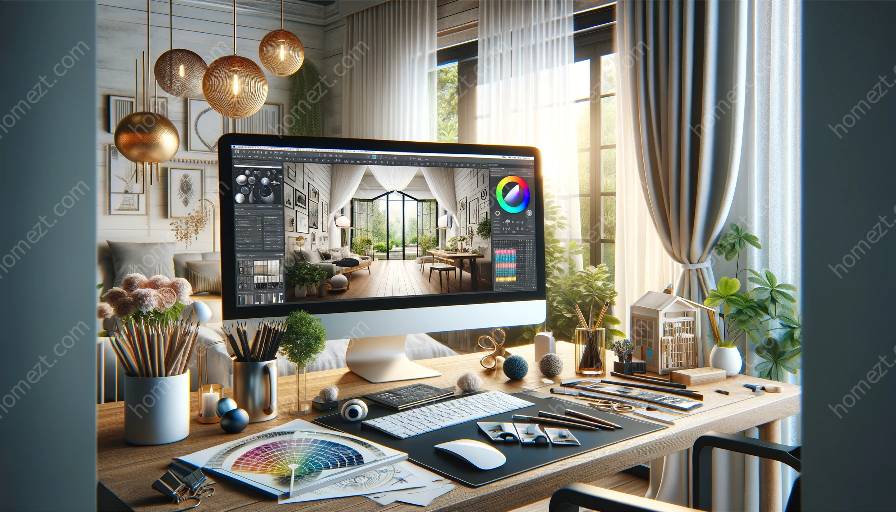Confidential design projects require careful attention to security and privacy considerations to protect sensitive data and ensure client confidentiality. This is particularly relevant in the context of interior design and styling, where proprietary information and personal preferences need to be safeguarded. In this article, we will explore the essential aspects of security and privacy in confidential design projects, with a focus on their compatibility with design software and tools, and their relevance to the field of interior design and styling.
Understanding the Importance of Security and Privacy in Design Projects
When working on confidential design projects, it is crucial to recognize the significance of security and privacy. Designers are often privy to sensitive information about their clients, including personal details, financial data, and proprietary design concepts. Any breach of this confidential information can lead to severe consequences, ranging from loss of trust to legal implications. Additionally, in the realm of interior design and styling, the protection of intellectual property and exclusive designs is paramount for both designers and clients.
Integration with Design Software and Tools
One of the primary considerations in securing confidential design projects is ensuring compatibility with design software and tools. Many design platforms offer robust security features, such as encryption, access controls, and audit trails, to protect project data. It is essential for designers to leverage these security capabilities and implement best practices for data management within their chosen design software. Furthermore, regular software updates and patches should be prioritized to address any potential vulnerabilities and maintain a secure environment for project files and client information.
Implementing Best Practices
Designers should adhere to best practices for securing confidential design projects, including the use of strong and unique passwords for access to design software and project files. Additionally, the encryption of client data and design assets can provide an extra layer of protection against unauthorized access. Limiting access to project files to authorized team members and clients through secure sharing mechanisms is another crucial aspect of ensuring privacy and confidentiality. This requires diligent management of user permissions and regular monitoring of access logs to detect any unusual activity that may compromise project security.
Relevance to Interior Design and Styling
Within the realm of interior design and styling, security and privacy considerations take on added importance due to the personal nature of the projects. Clients often share intimate details about their lifestyles, preferences, and living spaces, necessitating a high level of trust and confidentiality. Designers must prioritize the protection of this sensitive information, not only from a professional standpoint but also as a matter of ethical responsibility towards their clients. By integrating sound security practices with their design work, professionals in the field of interior design and styling can uphold the privacy of their clients and foster a culture of trust and reliability.
Protecting Client Privacy
Ensuring client privacy is a core aspect of managing confidential design projects. Designers should establish clear protocols for handling client data and adhere to industry standards for data protection. This includes obtaining explicit consent for the collection and use of client information, as well as implementing measures to prevent unauthorized disclosure or misuse of confidential data. By embedding privacy considerations into their design processes, interior designers and stylists can establish themselves as guardians of their clients' trust and confidentiality.
Empowering Clients with Control
Empowering clients with control over their personal information is an essential facet of promoting privacy in design projects. Providing clients with the ability to review and approve the use of their data, as well as offering options for securely storing and accessing their design preferences, demonstrates a commitment to respecting their privacy. Designers can leverage secure client portals and communication channels to facilitate transparent interactions while upholding the confidentiality of project details.
Conclusion
Security and privacy considerations play a pivotal role in confidential design projects, particularly within the context of interior design and styling. By integrating robust security measures with design software and tools, and prioritizing the protection of client privacy, designers can uphold the integrity of their projects and foster a climate of trust and professionalism. Adopting best practices for data management, encryption, and access control is fundamental to safeguarding confidential design projects and ensuring the sanctity of client information. Ultimately, by embracing a security-conscious approach to design work, professionals in the field can fortify their commitment to client confidentiality and enhance the overall quality of their services.


























